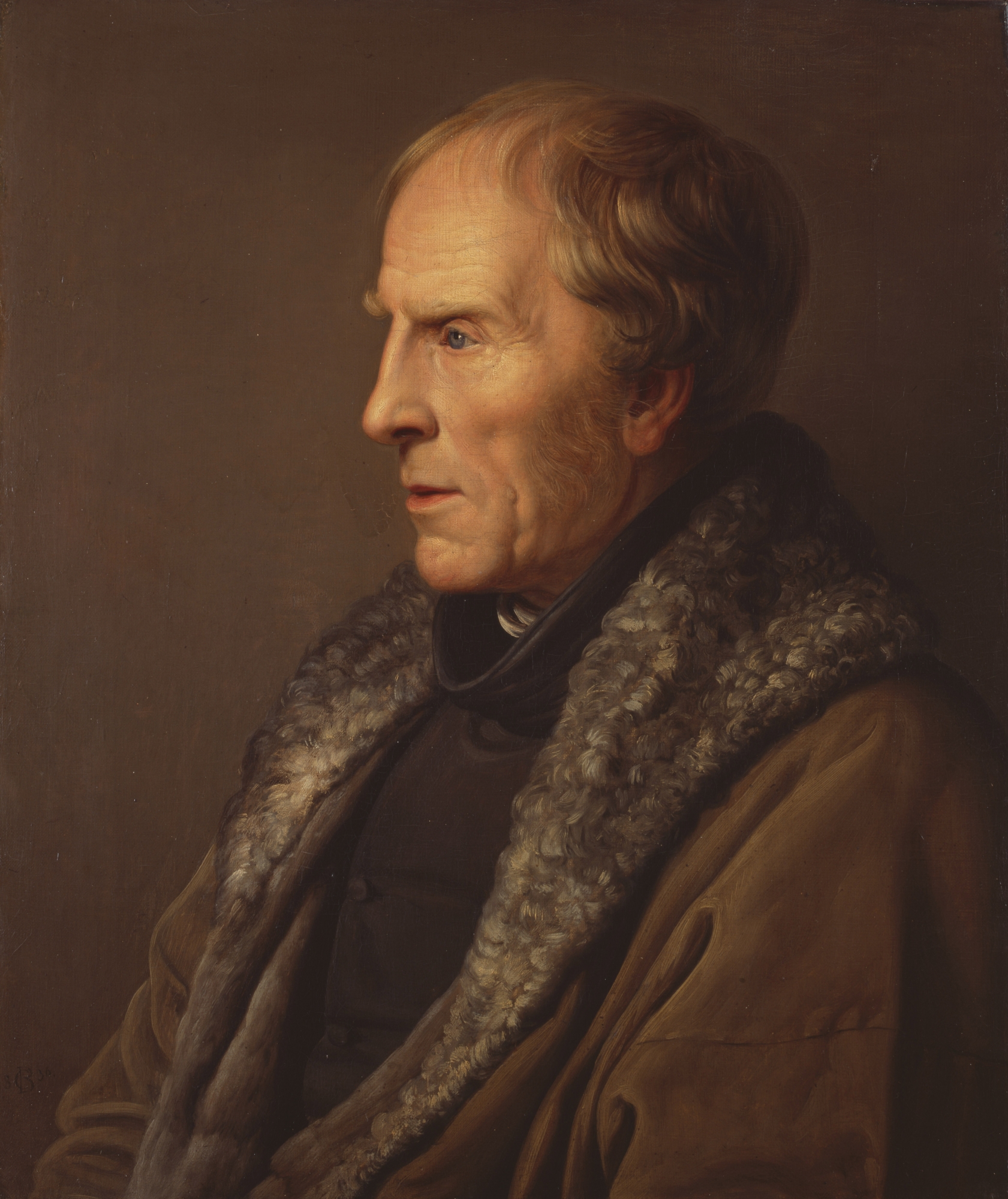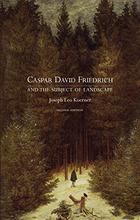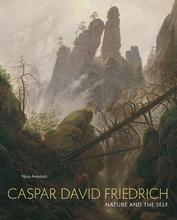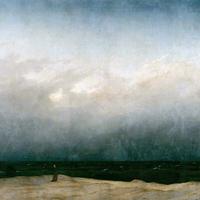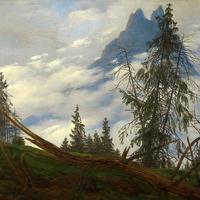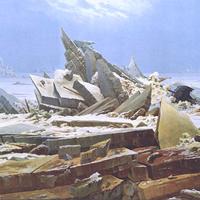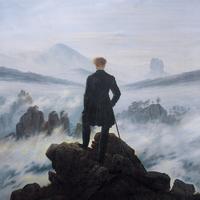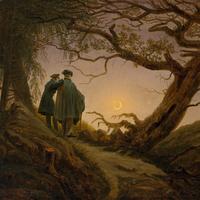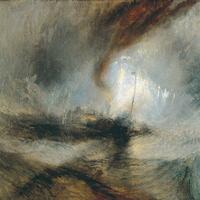More about Caspar David Friedrich
- All
- Info
- Shop
Works by Caspar David Friedrich

Contributor
Caspar David Friedrich was complicated, obscure, possibly emotionally messy and absolutely adored by the Romantics.
To illustrate, he and Goethe, the famous German author, playwright, and artist, were close friends until Goethe asked him one day to draw clouds to illustrate some sort of observed meteorological phenomenon. Friedrich was rebuffed by the idea to the point of anger, arguing that the sky was divine and should be treated as such. Seems like an overreaction no matter how much you love the sky.
Indeed, however, the sky holds a special reverence in Friedrich’s work. It is moody and mysterious, and he almost never painted sunlight. He needed an enigma in open spaces. For Friedrich, nature was a place of the divine where one could find God. For Friedrich, the artist was the indispensible medium between man and nature that could communicate the grace of god to the viewer in a tree, a forest, or a simple moonbeam. And that was precisely it for him: the transformation of the finite into the infinite, the familiar into the esoteric, that was how something was made Romantic. Friedrich was as much a mystic as he was a painter.
In his time he was very successful and is now recognized as the very best German Romantic landscape painter (a very specific but very valued title, nonetheless). He was very precise in everything he did. Looking at his work you are overcome by how thoughtful and geometric the compositions are, but then there is something so unusual and inexpressible about the piece’s message that the painting doesn’t feel academic. Friedrich himself described his landscapes as something like a moodscape, something that was suffused with soul.
He is also very German. An early German nationalist, actually. He loved when Napoleon abdicated in 1815, freeing up Germany, and featured an old German type of dress in some of his paintings (which were banned at that time). Many of his paintings are distinctly tied to a German understanding of self and nature.
His paintings are also jam-packed with what the artworld calls rückenfiguren (a good ol’ German word). These are figures with their back turned to us, the viewer, looking out upon the landscape. These figures reinforce the contemplative and mysterious quality of his work. Truly, Friedrich’s paintings embody the Romantic thinker, wanderer, and poet.
Sources
- Rewald, Sabine, and Kasper Monrad. Caspar David Friedrich: Moonwatchers. New York: Metropolitan Museum of Art, 2001.
- Wolf, Norbert, and Caspar David Friedrich. Caspar David Friedrich: 1774-1840: The Painter of Stillness. Köln: Taschen, 2015.
- Amstutz, Nina. "Caspar David Friedrich and the Aesthetics of Community." Studies in Romanticism 54, no. 4 (2015): 447-75. http://www.jstor.org/stable/43973932.
Featured Content
Here is what Wikipedia says about Caspar David Friedrich


Caspar David Friedrich (5 September 1774 – 7 May 1840) was a German Romantic landscape painter, generally considered the most important German artist of his generation. He is best known for his allegorical landscapes, which typically feature contemplative figures silhouetted against night skies, morning mists, barren trees or Gothic ruins. His primary interest was the contemplation of nature, and his often symbolic and anti-classical work seeks to convey a subjective, emotional response to the natural world. Friedrich's paintings characteristically set a human presence in diminished perspective amid expansive landscapes, reducing the figures to a scale that, according to the art historian Christopher John Murray, directs "the viewer's gaze towards their metaphysical dimension".
Friedrich was born in the town of Greifswald on the Baltic Sea in what was at the time Swedish Pomerania. He studied in Copenhagen until 1798, before settling in Dresden. He came of age during a period when, across Europe, a growing disillusionment with materialistic society was giving rise to a new appreciation of spirituality. This shift in ideals was often expressed through a reevaluation of the natural world, as artists such as Friedrich, J. M. W. Turner and John Constable sought to depict nature as a "divine creation, to be set against the artifice of human civilization".
Friedrich's work brought him renown early in his career. Contemporaries such as the French sculptor David d'Angers spoke of him as having discovered "the tragedy of landscape". His work nevertheless fell from favour during his later years, and he died in obscurity. As Germany moved towards modernisation in the late 19th century, a new sense of urgency characterised its art, and Friedrich's contemplative depictions of stillness came to be seen as products of a bygone age.
The early 20th century brought a renewed appreciation of his art, beginning in 1906 with an exhibition of thirty-two of his paintings in Berlin. His work influenced Expressionist artists and later Surrealists and Existentialists. The rise of Nazism in the early 1930s saw a resurgence in Friedrich's popularity, but this was followed by a sharp decline as his paintings were, by association with the Nazi movement, seen as promoting German nationalism. In the late 1970s Friedrich regained his reputation as an icon of the German Romantic movement and a painter of international importance.
Check out the full Wikipedia article about Caspar David Friedrich

